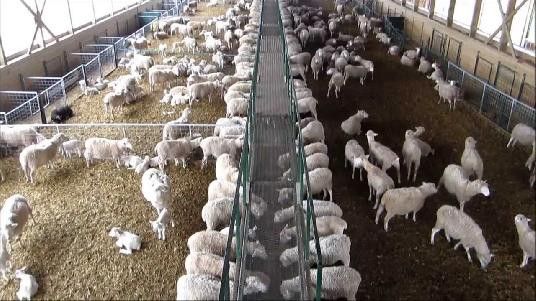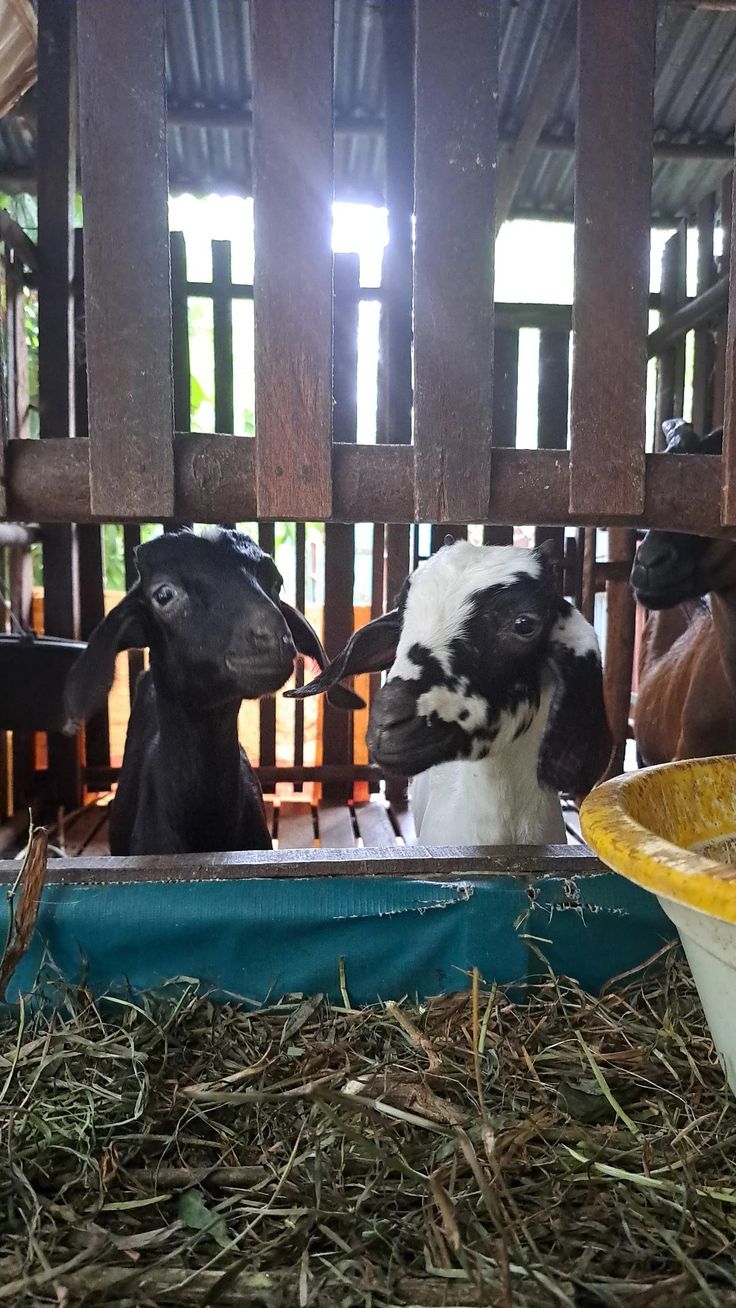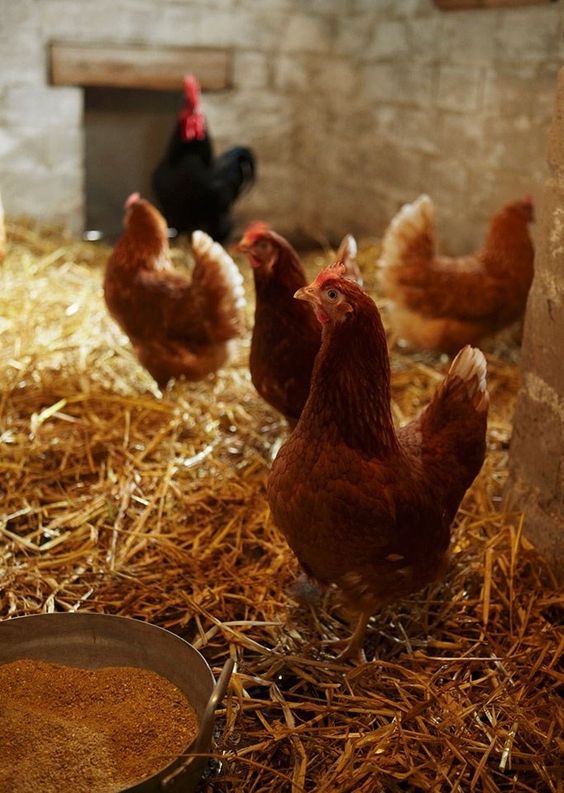Sheep Farming Standards: A Comprehensive Guide
Sheep Farming Standards, a practice with a rich history dating back thousands of years, plays a vital role in global agriculture. From providing high-quality wool and meat to contributing to sustainable land management, sheep offer a multitude of benefits. However, ensuring their well-being and upholding ethical practices are paramount. This guide delves into the world of sheep farming standards, exploring their importance, goals, and practical implementation.
Sheep, like all animals raised for agricultural purposes, deserve humane treatment and living conditions that promote their physical and mental well-being. Standardized guidelines offer a framework for best practices, ensuring responsible sheep farming across the globe. These standards address various aspects of sheep care, including:
- Housing and Environment: Providing appropriate shelter, access to clean water and fresh air, and ensuring sufficient space are crucial for sheep health.
- Nutrition: A balanced diet that meets their specific needs at different life stages is essential for optimal growth, reproduction, and wool production.
- Health Care: Regular veterinary checkups, vaccinations, parasite control, and prompt treatment of illnesses are necessary to maintain a healthy flock.
- Handling and Transportation: Minimizing stress during handling, shearing, and transportation is vital for sheep welfare.
- Pain Management: Humane practices for procedures like tail docking and castration are essential.
Benefits of Sheep Farming Standards
Implementing sheep farming standards offers a multitude of benefits for various stakeholders:
- Improved Animal Welfare: Standards set clear guidelines for sheep care, ensuring their physical and mental health needs are met.
- Enhanced Product Quality: Healthy sheep produce higher quality wool and meat, benefiting consumers and producers.
- Increased Consumer Confidence: Transparency around animal welfare practices fosters trust and encourages consumers to buy ethically sourced sheep products.
- Sustainable Land Management: Responsible grazing practices promoted by standards can contribute to soil health and biodiversity.
- Market Access: Many countries require adherence to specific sheep farming standards for product import or export.
- Competitive Advantage: Farmers implementing high standards can differentiate their products in the marketplace.
Goals of Sheep Farming Standards
While specific details may vary across regions, the overarching goals of sheep farming standards generally include:
- Ensuring the Five Freedoms of Animals: These freedoms, outlined by the Farm Animal Welfare Council (FAWC), stipulate that animals should be free from hunger and thirst; discomfort; pain, injury, and disease; fear and distress; and the freedom to express normal behavior patterns.
- Promoting High Levels of Animal Welfare: Standards provide a framework for practices that minimize stress, promote physical and mental health, and ensure a good quality of life for sheep.
- Encouraging Responsible Husbandry Practices: Standards outline best practices for sheep care, encouraging responsible husbandry techniques that prioritize animal well-being.
- Maintaining Food Safety and Quality: Standards often include guidelines for hygiene, disease prevention, and medication use, contributing to safe and high-quality sheep products for consumers.
- Ensuring Environmental Sustainability: Standards may address responsible grazing practices and land management techniques that promote biodiversity and soil health.
Developing a Sheep Farming Standards Program
Implementing sheep farming standards often involves a multi-step process:
- Understanding Existing Standards: Researching national and international sheep farming standards is crucial. Examples include the Australian Animal Welfare Standards and Guidelines for Sheep [1], and the Global Animal Partnership (GAP) Sheep Standards [2].
- Developing Farm-Specific Protocols: Adapt existing standards to your specific farm size, sheep breed, and local regulations. This may involve collaborating with veterinarians and industry experts.
- Record Keeping and Documentation: Implementing a system for documenting animal health records, feed management practices, and adherence to standards demonstrates transparency and accountability.
- Training and Education: Ensure farm staff are trained on the implemented standards and best practices for sheep care.
- Audits and Certification: Depending on the chosen standards, third-party audits may be required for certification, allowing producers to market their products as ethically sourced.
Ideas and Suggestions for Implementing Sheep Farming Standards
Here are some practical ideas for implementing sheep farming standards on your farm:
Housing and Environment:
- Provide well-ventilated and clean shelters with appropriate bedding.
- Offer sufficient space for movement and social interaction.
- Ensure access to fresh air, sunlight, and exercise areas.
- Maintain a clean and dry environment to minimize the risk of disease.
Nutrition:
- Offer a balanced diet based on high-quality forage, supplemented with grains and minerals as needed to meet their nutritional requirements at various life stages (lambing, lactation, etc.).
- Provide clean and readily available access to fresh water throughout the day.
- Regularly monitor body condition scores to ensure sheep are receiving adequate nutrition






